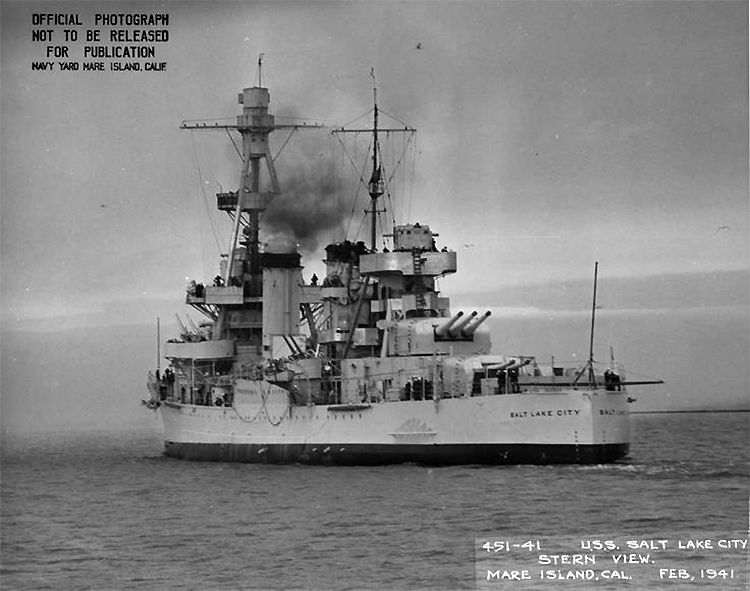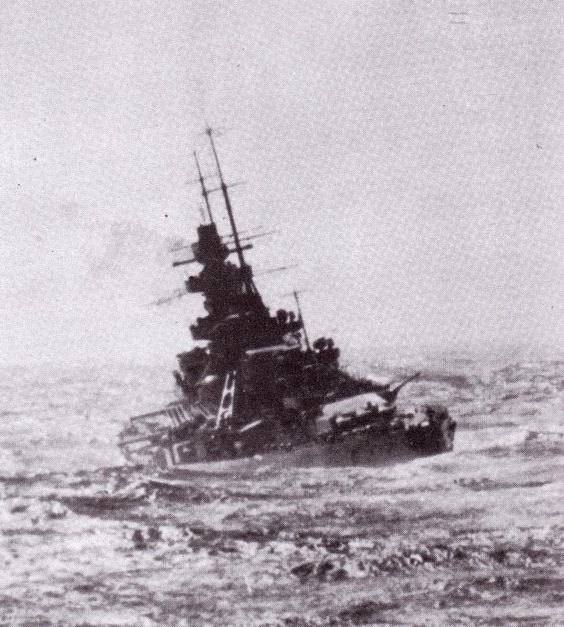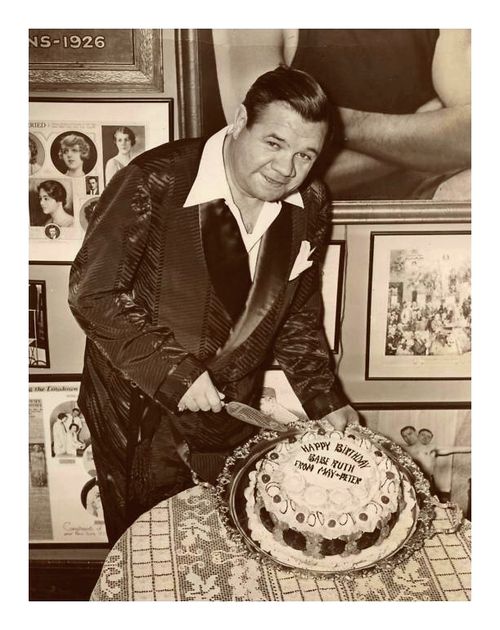Saturday 8 February 1941
 |
| A Westland Whirlwind (this is the first prototype, L6844) gets its first confirmed kill today. |
There is activity on the other side as well. The Bulgarian government signs an agreement granting permission to the Wehrmacht to set up its 12th Army on its territory for an attack into Greece. Undercover German troops have been scouting the frontier for some time for good locations. The weather is too rough for any operations at the moment, but the Wehrmacht has a large troop presence in Romania which can quickly slide into position in Bulgaria. The situation with Yugoslavia remains up in the air, as nobody knows if the Yugoslavs will decide to join the Tripartite Pact or continue their somewhat hostile attitude.
European Air Operations: Activities are light today. RAF Bomber Command sends 15 bombers to raid Mannheim during the night. The Luftwaffe, meanwhile, conducts only scattered missions against British shipping during the day, and light activity over York and the West Coast after dark.
RAF No. 263 Squadron, operating out of RAF Exeter, is at this time the only squadron using the Westland Whirlwind Mk 1 twin-engine fighter. Today, it gets its first confirmed kill, an Arado AR 196 floatplane, but in the process, the Whirlwind also crashes.
The two ships slip off to the northwest and are not pursued by the Ramillies, which continues escorting the convoy to the east. Lütjens believes that the convoy has spotted Scharnhorst and Gneisenau, which would bring the entire Royal Navy after them. However, the British in fact only spotted the Scharnhorst, which the British lookout misidentifies as the Admiral Hipper (they do look almost identical). The problems of British military intelligence cascade here, as they have no idea of the whereabouts of Scharnhorst and Gneisenau and, for all they know, the two ships are still in port. Since only one ship was seen, the Admiralty also assumes it was the Admiral Hipper, known to be a single raider on the loose, and the Admiralty reacts in a measured fashion.
Thus, the compounding British errors work to Scharnhorst and Gneisenau's advantage and they retire unmolested into the misty morning. The Royal Navy does dispatch a good part of the Home Fleet to the vicinity, but those ships are far away and the German ships have the entire ocean in which to hide.
British 5760-ton freighter Henri Jaspar hits a mine and is damaged off Sully Island. The crew quickly beaches the ship on the island, and, after temporary repairs, it is taken to Cardiff. There is one death.
British 5791-ton freighter Ramon De Larrinaga springs a leak off Delaware, United States. The crew swiftly beaches the ship near Lewes. The weather sinks the ship within a couple of days, but it is later refloated, repaired, and renamed Empire Mersey.
Minesweeper HMS Hebe is in a collision and has to return to Rosyth for minor repairs which last about two weeks.
German raider Kormoran continues its meeting with supply ship Nordmark off the Cape Verde Islands.
Convoy OB 283 departs from Liverpool, Convoy SC 22 departs from Halifax.
U-83 (Kptlt. Hans-Werner Kraus) is commissioned at Lübeck, U-602 is laid down.
 |
| USS Salt Lake City (CA 25), a Pensacola class heavy cruiser, February 1941 ( | Phil DeFer | Flickr). |
Battle of the Mediterranean: Once again, the British army in Libya has an immense logistical problem of sorting out and transporting massive numbers of Italian prisoners of war. Having captured Benghazi and eliminated the Italian 10th Army, the British appear to have the ability to clean the table in Libya and eliminate the Axis presence in North Africa (leaving aside the Vichy French to the west, who technically are not part of the Axis). General O'Connor is anxious to do this and has sent his liaison with Wavell back to Cairo to ask permission to continue the attack. While waiting for this approval, O'Connor on his own initiative sends 11th Hussar patrols westward. They make it as far as 130 miles east of Sirte, finding no opposition and only scattered Italian troops and equipment. Troop enter the Cyrenaica border town of Agheila and find it deserted. RAF No. 830 Squadron based on Malta raids Tripoli, losing a plane (the crew becomes POWs), while other RAF forces raid Maritza, Rhodes, and Calato.
Generalleutnant Erwin Rommel, in charge of Operation Sunflower, prepares to begin shipping his forces across the Sicilian Strait to Tripoli. The first three transport ships for the journey are loaded in Naples and set sail. While not yet called the Afrika Corps, this can be said to be the first movement of that force to North Africa. At this point, the Germans cannot make use of Tunisia because they do not have permission from the Vichy French authorities there. Preparations are made to send the rest of the troops of the 5th Light Division across to Tripolitania within a few days. The Italian 5th Army has four divisions at Tripolitania, and a few thousand men have escaped from the disaster of the 10th Army. Events have shown that it does not matter how many Italian troops there are, they cannot fight effectively and should be easy prey for O'Connors hardened warriors.
If O'Connor had been able to send XIII Corps ahead quickly against no resistance, it is conceivable that he could occupy the entire Libyan coast before the Wehrmacht even arrives. However, without Wavell's approval, O'Connor is unable to do that. Whether O'Connor will ever get that approval is an open question, given Prime Minister Churchill's obsession with sending troops from North Africa to Greece to support the Greeks against an anticipated German invasion via Bulgaria.
The Italian fleet, led by battleships Veneto, Cesare, and Doria, puts to sea from La Spezia. They conduct a more-or-less routine patrol west of the Bonifacio Strait.
General Cunningham, operating north of Sardinia on Operation Grog (formerly Result), makes a feint toward Sardinia, then continues on toward Genoa. The ships, led by battleship Malaya and aircraft carrier Ark Royal, should be in a position to attack the city and nearby installations at dawn on the 9th.
Dutch 3359 ton tanker Adinda hits two mines at Tobruk Harbor, which has been hurriedly - apparently too hurriedly - cleared since its capture. There are 17 deaths. Another ship, 3220-ton former Italian freighter Rodi, also suffers damage from a mine in Tobruk Harbor.
At Malta, the Luftwaffe attacks Hal Far and Luqa airfields during the day, damaging both bases. The raids last into the night and also hit some civilian targets, including St. Vincent de Paule hospital and The Leper Hospital. There is one civilian death.
US/Anglo Relations: In an event of decisive importance to the conduct of World War II, the US House of Representatives passes the Lend-Lease Bill, 265-165. In the end, the win is lopsided, contrary to the expectations of a close vote. The news rockets around the world, showing that Great Britain's financial issues now are at an end for the duration of the conflict.
Harry Hopkins, President Roosevelt's latest envoy, takes his leave of Great Britain.
Alfred Ernest Brown, Chairman of the National Liberal Party and Secretary of State for Scotland, becomes the Minister of Health. Brown is the more interesting choice. Previously he had served as Parliamentary Secretary to the Ministry of Health and many other positions in the government, but his leadership of the National Liberal Party becomes a disaster for that party during the 1940s. He is notorious for his loud voice and pretty much is a familiar face in governmental circles.
Vichy French Government: Relations between Premier Philippe Pétain and his former lieutenant Pierre Laval continue to thaw. Pétain offers Laval a seat in the cabinet again, but Laval holds out for something better.
Australian Government: Prime Minister Robert Menzies continues his epic journey from Melbourne to London. He currently has broken his journey in North Africa for a while, and today is that takes place at recently captured Tobruk. He notes that it is so cold that the "R.A.F. men are wearing sheepskin overalls."
Canada: Malcolm MacDonald becomes the new British High Commissioner, replacing Sir Gerald Campbell. Campbell switches to become the British Consul General to the United States, a position he had held from 1931-38. Campbell is a sort of raconteur who gets on well with the Americans, and nothing is as important to the British war effort as the "special relationship" with the United States.
China: At the continuing Battle of Southern Honen, the Japanese 11th Army continues its scorched-earth policy and retreats toward Hsinyang.
Future History: Nicholas King Nolte is born in Omaha, Nebraska. After finding that he does not like school, Nolte begins a career acting in various California regional theaters. He turns this into a modeling career in the late 1960s. He gets a big acting break when, in 1976, he is cast as a leading role in a television miniseries based on Irwin Shaw's "Rich Man, Poor Man." As one of the first big miniseries, "Rich Man, Poor Man" gets a lot of attention, and this leads to a new career as a Hollywood leading man. Some of his more successful films are "The Deep" (1977), "North Dallas Forty" (1979), "48 Hours" (1982) and "Prince of Tides" (1992). Nick Nolte remains a top Hollywood star, recently starring on Epix as President Richard Graves in "Graves."
February 1941
February 1, 1941: US Military Reorganization
February 2, 1941: Wehrmacht Supermen
February 3, 1941: World Will Hold Its Breath
February 4, 1941: USO Forms
February 5, 1941: Hitler Thanks Irish Woman
February 6, 1941: Operation Sunflower
February 7, 1941: Fox Killed in the Open
February 8, 1941: Lend Lease Passes House
February 9, 1941: Give Us The Tools
February 10, 1941: Operation Colossus
February 11, 1941: Afrika Korps
February 12, 1941: Rommel in Africa
February 13, 1941: Operation Composition
February 14, 1941: Nomura in Washington
February 15, 1941: Churchill's Warning
February 16, 1941: Operation Adolphus
February 17, 1941: Invade Ireland?
February 18, 1941: Panzerwaffe Upgrade
February 19, 1941: Three Nights Blitz
February 20, 1941: Prien's Farewell
February 21, 1941: Swansea Blitz Ends
February 22, 1941: Amsterdam Pogrom
February 23, 1941: OB-288 Convoy Destruction
February 24, 1941: Okuda Spies
February 25, 1941: Mogadishu Taken
February 26, 1941: OB-290 Convoy Destruction
February 27, 1941: Operation Abstention
February 28, 1941: Ariets Warns Stalin
2020










